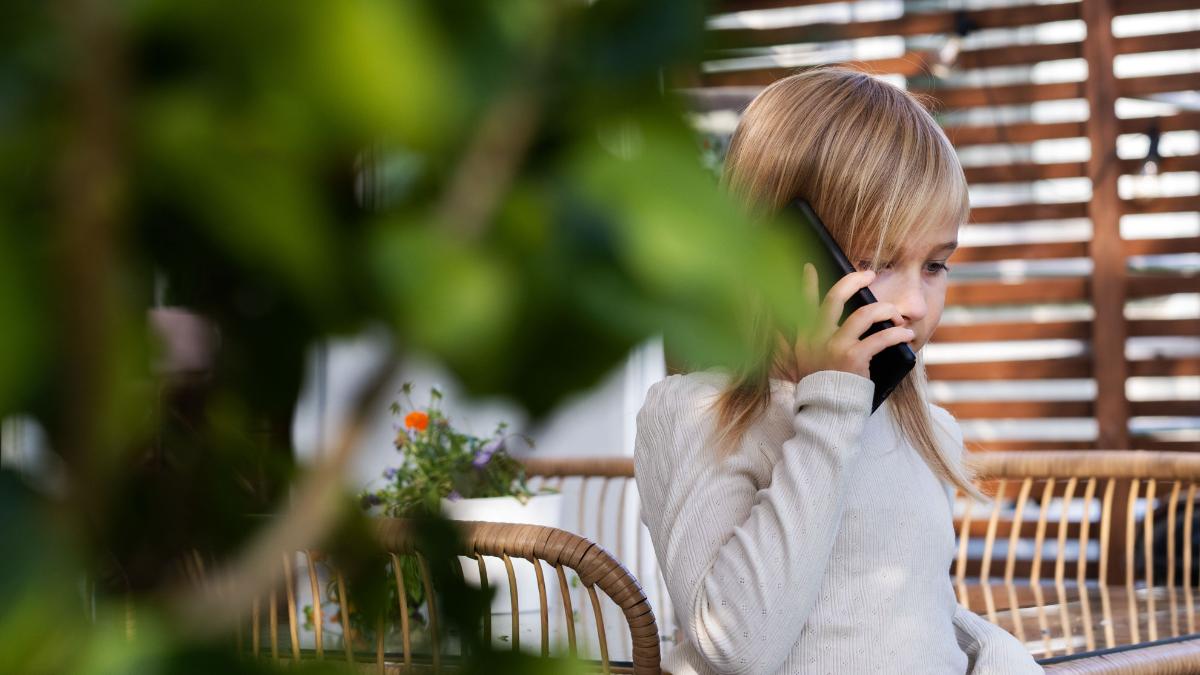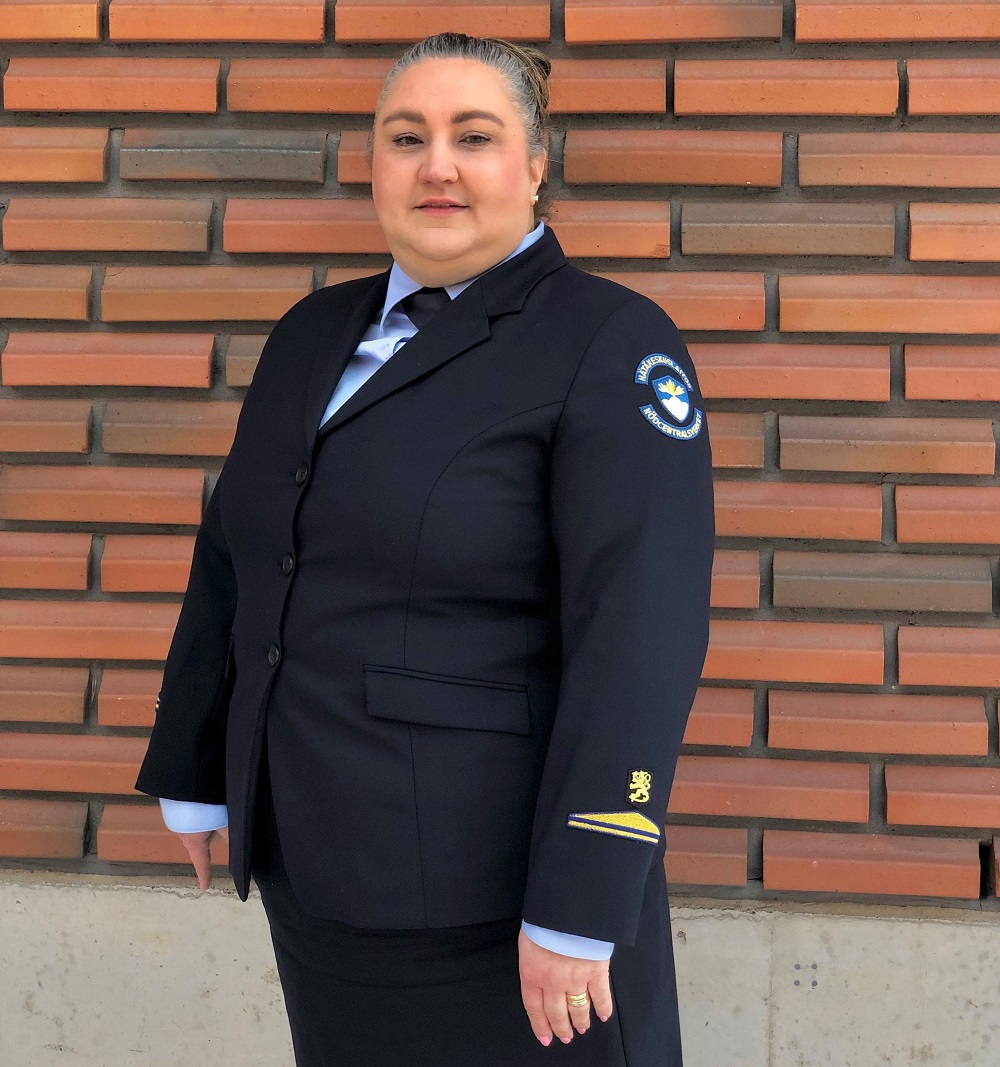Children are being taught how to recognise emergencies

Children are excellent emergency callers as they are honest; although you never want them to face an emergency. It is important, however, that children are taught the correct use of the emergency number, just as adults are.
The Missing Children Europe federation is coordinating the ongoing KEEP SAFE -project, which is conducted in Finland under the direction of an NGO called Lasten perusoikeudet - Children’s Fundamental Rights ry. The Emergency Response Centre Agency is participating in this project launched in April which in Finland primarily focuses on spreading awareness of the correct use of the emergency number 112 and hotline number 116 000 for missing children. When it comes to proper use of the emergency number, it is essential to teach children how to identify an emergency, and to equip parents and guardians to discuss the use of emergency number 112 with children.
− “Emergency response centres receive calls from children everyday, and there are special characteristics associated with these calls. A child’s experience of an emergency can be related to some unexpected everyday situation, such as a power outage at home or the family dog that ran away from the yard, in which case we naturally prompt the child to call their guardian. However, in an urgent case of emergency, a child’s ability to act should not be underestimated. Another set of cases consists of prank calls made by children,” says communication specialist Patrick Tiainen from the Emergency Response Centre Agency.
Children have a desire to help
Many ERC operators feel that a child is the best type of emergency caller. Children are honest and will give direct responses to questions. The aim is to ask the children questions in terms of their age level, which is why the operators usually ask for their age during the call. The aim is to use simple language with children, and to leave out any official jargon and professional slang. For example, addresses and cities or municipalities are difficult concepts for children, which is why they can be asked to describe familiar locations nearby, such as a local store or school.
− “Language interaction is always different with children, and it is important to give it time and be present. It is important for the child to feel that the ERC operator is there to help them,” Patrick Tiainen says.
However, emergency situations are not the responsibility of the child. The task of the ERC operator is to be a safe and consistent adult who instructs the child or adolescent to act in the right way in an unexpected situation. Good interaction with a safe adult maintains the child’s ability to function, so that even difficult situations can be dealt with together.
− “When I hear that the emergency caller on the line is a child, I have many different emotions. I often ask myself where the adults are in the situation. On the other hand, children are energetic and honest callers, and by utilising the expertise of the ERC operator, it is possible to get a lot of information from the child about the situation. The child also acts according to the instructions provided,” says ERC operator Niina Sairila.

Niina Sairila graduated as an ERC operator in 2022, and as the topic of her seminar work that was part of her studies, she chose the interaction of the operators with children and adolescents. In 2023, she already responded to more than 10,000 emergency calls, many of which were made by children and adolescents.
− “The ERC operator is a safe adult on the line providing help to a child in a time of need. I am a mother myself, and this role has no doubt made it easier for me to encounter children and adolescents, and I have always had a lot of contact with children of different ages. But I know we have skilled and professional ERC operators who are not parents. A child needs you to be present, and they need praise and encouragement, so that they are brave enough to speak up. A child has a genuine desire to help, and you should not underestimate a child’s ability to act in an emergency,” Niina Sairila adds.
See also
ERC operators provide instructions on what to do at the scene of an accident
Fourteen-Year-Old’s Actions Prevented Greater Damage
Bullying Can Be a Crime – Recognizing Emergencies Is Crucial
Wellbeing is built together
Competent, committed and content staff are the Emergency Response Centre Agency's most important asset and strategic priority. The Agency’s new wellbeing at work programme places greater emphasis on developing competence in work capacity management and career management, among other things.
Distress may turn to joy in a call involving childbirth
The Emergency Response centre sends assistance to more than 2,240 assignments involving childbirth each year. For the ERC operator, the experience is unique, as the sounds of new life can be heard at the other end of the line.
ERC operators provide instructions on what to do at the scene of an accident
According to a survey by the Finnish Road Safety Council (Liikenneturva), one in four Finns do not feel that they know what to do at the scene of an accident. The instructions provided by an ERC operator can save lives in an accident situation.
Emergencies and problem situations abroad – This is what you should do
Only approximately half of Finns know that the emergency number 112 works in all EU countries. When you call 112 in an EU member state, the call is always routed to a local emergency response centre.
Social emergencies require time
The Emergency Response Centre Agency also forwards tasks to social and crisis emergency services. In 2024, the number of these tasks increased by 4 percentage points compared to the previous year, overtaking the number of tasks forwarded to rescue services.



